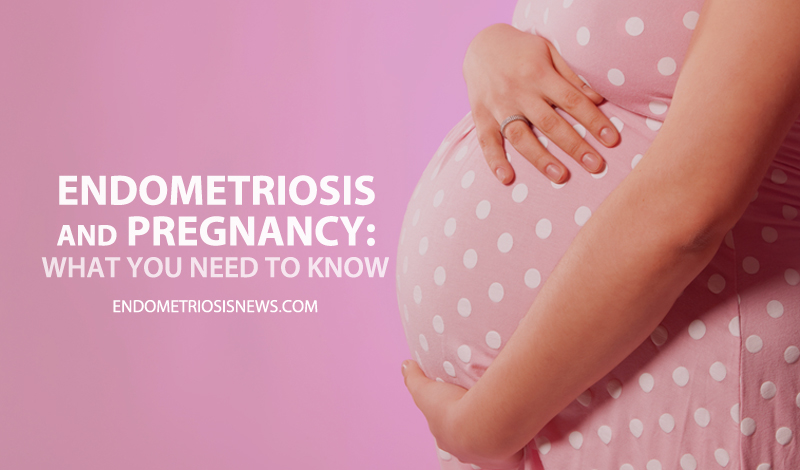Endometriosis is a disease that attacks the female reproductive system, causing pain and infertility. It occurs when the tissue which normally lines inside the uterus starts to grow outside the uterus. The causes for the development of endometriosis lesions are not fully understood, but it usually grows on or under the ovaries, on the fallopian tubes, behind the uterus, on the tissues that hold the uterus in place, on the bowels or bladder and in rare cases on the lungs or other parts of the body.
After pain, infertility is the most common symptom of endometriosis. There isn’t just one cause for infertility related to endometriosis, but instead a series of factors that contribute to the difficulty in getting pregnant. In advanced stages of the disease, there are cysts or pelvic adhesions which prevent ovulation and the transportation of the egg or embryo. In early cases, the causes are even less understood, but it has been demonstrated that the intraperitoneal environment prevents pregnancy through a variety of mechanisms in patients with endometriosis. These women have biochemical substances with anti-fertility effects in their peritoneal fluid, which is one of the factors that prevents pregnancy.

